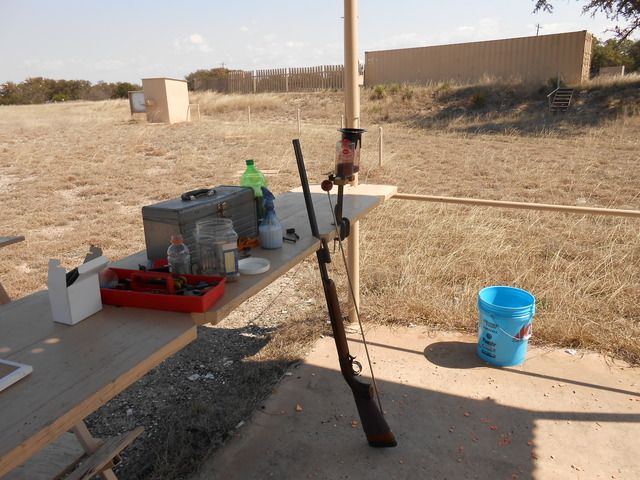higgscharger
New member
I just shot my BP rifle for the first time yesterday.
First, it was really cool, going to be doing more of that for sure.
But, my inexperience has me a bit nervous about getting stuff right.
My rifle is a .45 cal Hopkin and Allen underhammer.
I am shooting .440 lead ball with a lubricated patch that is listed for .45.
When I load, it is really hard to get the ball started with my starter and very tough to get the ball all the way to the powder. Two hands and all the grip strength I can muster tough at times.
I know that leaving a void between powder and ball is a bad thing, so I was a bit nervous about how hard I was having to work to seat the ball that I would leave a gap.
Do I just need to get stronger? Is this a technique problem? Wrong ball size? wrong patch size? More lubricant?
I definitely need to fashion something to protect my hand, have a sore spot in my palm from trying to push down on the thin, round end of the ramrod.
Thanks for the help!
First, it was really cool, going to be doing more of that for sure.
But, my inexperience has me a bit nervous about getting stuff right.
My rifle is a .45 cal Hopkin and Allen underhammer.
I am shooting .440 lead ball with a lubricated patch that is listed for .45.
When I load, it is really hard to get the ball started with my starter and very tough to get the ball all the way to the powder. Two hands and all the grip strength I can muster tough at times.
I know that leaving a void between powder and ball is a bad thing, so I was a bit nervous about how hard I was having to work to seat the ball that I would leave a gap.
Do I just need to get stronger? Is this a technique problem? Wrong ball size? wrong patch size? More lubricant?
I definitely need to fashion something to protect my hand, have a sore spot in my palm from trying to push down on the thin, round end of the ramrod.
Thanks for the help!


